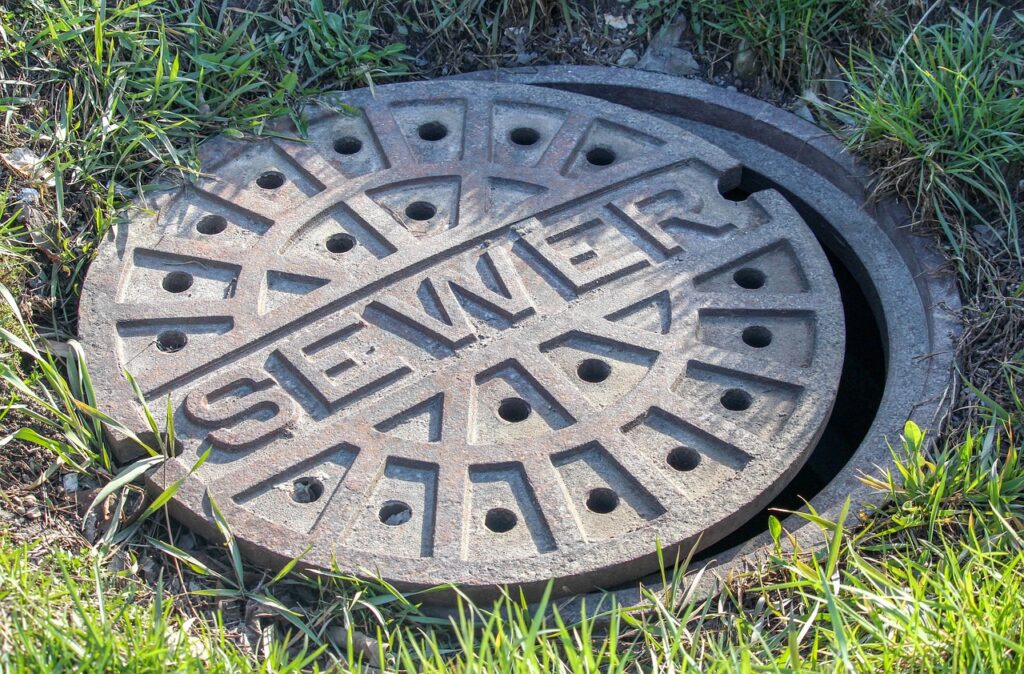When a sewer scope inspection is performed there are 5 problems and concerns that are frequently encountered.
- Low Areas – Commonly referred to as a ‘belly’, these low areas have the tendency to accumulate water and solid waste, resulting in inadequate pipe flow. This can ultimately lead to pipe back-up and damage as the pipe continues to sag.
- Tree Roots – Small gaps in the piping allow tree roots to infiltrate sewer lines, leading to potential damage. As the roots continue to grow, they can cause the pipe to break or crack, resulting in the need for repairs. However, if there is only minor intrusion by tree roots, regular root clearing can be performed without causing significant damage to the pipe. Evaluating the extent of root intrusion is an integral part of a sewer scope inspection.
- Debris – On occasion, construction debris or other objects may become trapped in the sewer line, making it hard for the waste to move successfully through the pipe.
- Pipe Collapse – Extreme root intrusion or significant soil settlement around an area, can result in offsets or a low area, resulting and a complete pipe collapse can occur. This unfortunate situation requires the full excavation and repair of the sewer line. Although uncommon, this condition can be evaluated during a sewer scope inspection.
- Offsets – Older piping poses a problem in that offsets can occur and cause the piping to separate. This can lead to a misalignment in the piping. Unfortunately, solid waste may not be able to clear this misalignment, resulting in wastewater seeping into the surrounding soil. This seepage can cause additional settlement and eventually lead to the breakdown of the piping.

